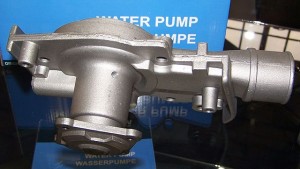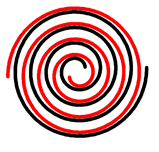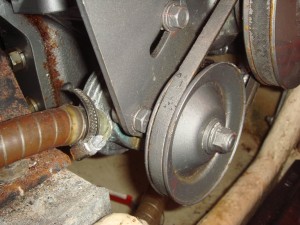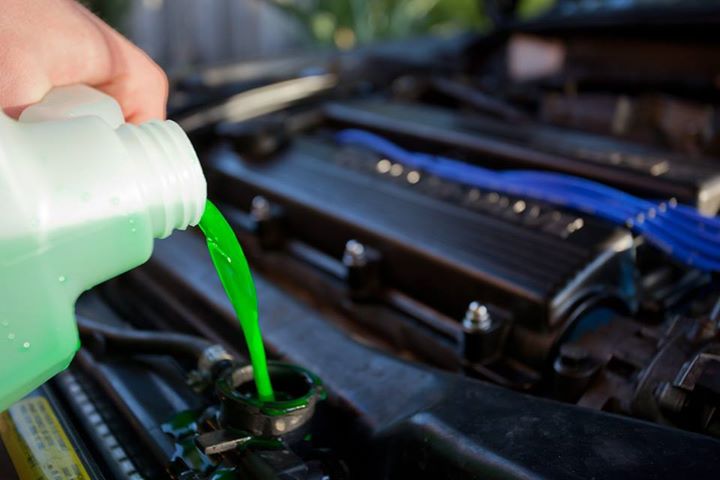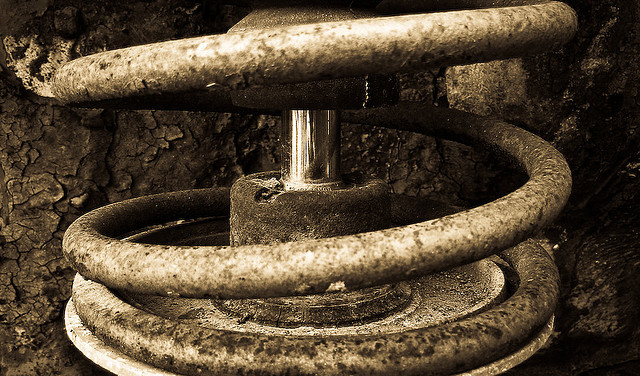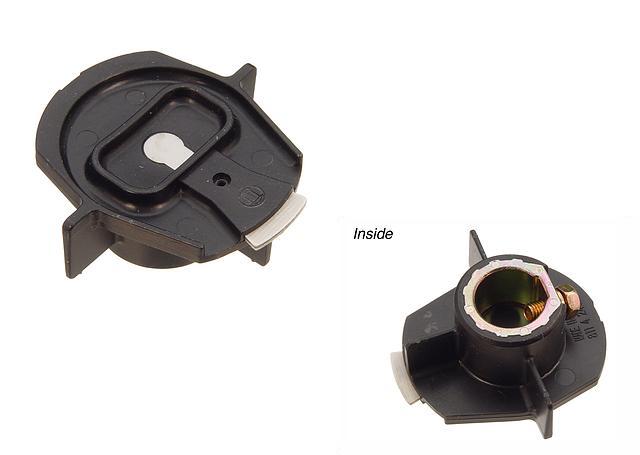What is a Water Pump?
A water pump is a mechanical device that is designed to circulate coolant through water-cooled engines. Although not all water-cooled engines use water pumps, these components are at the heart of nearly all modern water cooling systems. Water pumps are typically driven via the rotation of the crankshaft, although that can be accomplished in a variety of different ways. There are also a number of different styles of pumps that are commonly used.
Contents
History of the Water Pump
Water pumps date back to before the invention of the internal combustion engine. Pumps of various designs have been used for a whole range of different purposes throughout history, but the immediate predecessor of the modern water pump was used to circulate water in steam engines. Since these external combustion engines were designed to require the constant addition of new water, these pumps were not engineered to minimize the loss of water.
The reason that these early water pumps were so poorly sealed can be traced largely to the way that the pump shafts were sealed. They typically used a lubricated rope seal that by design provided an imperfect seal. And while that wasn’t an issue with steam engines, it quickly became an issue with water-cooled internal combustion engines.
Throughout the early decades of the automobile, water-cooled engines were seen as unreliable. This led to the early success of air cooling, although the problem of inherently leaky water pumps was ultimately solved around the time of World War II. At that time, carbon seal pumps were developed that didn’t leak nearly as much.
How Water Pumps Work
Today, there are a number of different types of water pumps, but they all work in basically the same way. Mechanical energy is transferred from the crankshaft to the water pump, typically via a water pump belt. In some cases, a water pump will be powered by a camshaft (although the camshaft itself is powered by the crankshaft via a belt or chain). In some cases, a water pump will be driven by a timing belt rather than an accessory belt.
In any case, the rotation of the pump shaft is used to induce the circulation of fluid through the cooling system. The internal workings of a water pump vary widely from one design to another, and they can function as scroll pumps, centrifugal pumps, and others.
Coolant is typically drawn into the water pump from the engine block and directed into the radiator. It then passes through thin tubes that are designed to provide the most surface area possible. As more hot liquid is pumped into the radiator, cooler liquid passes from the radiator and back into the engine head or block, where it it able to pull additional heat out of the engine.
Water Pump Failure
Although modern water pumps are relatively water-tight off the shelf, they do eventually wear out and fail. There are a few different common points of failure, including the:
- gasket
- bearing
- bearing seal
The gasket is the material that sits in between the water pump and the engine. A variety of different materials are used for gaskets, and they are all subject to different rates of decay. Some types of gaskets can be damaged by dirty coolant or certain additives. Electrolysis is one major culprit of water pump gasket failure, and it can be the result of dirty coolant, ground problems, and other issues.
In any case, a water pump that is leaking due to a bad gasket can be repaired by removing it, cleaning the mating surfaces, and installing a new gasket. However, it’s typically a good idea to just replace the water pump as well if it’s getting up there in years.
The other main point of failure is the bearing and the bearing seal. When a water pump bearing fails, the pump will typically develop a leak. There will typically also be some type of noise that changes depending on the engine RPMs.
Many water pumps include two “weep holes” that serve a couple of different functions. If fluid begins to leak from the bottom weep hole, it typically indicates that a water pump failure is imminent.

